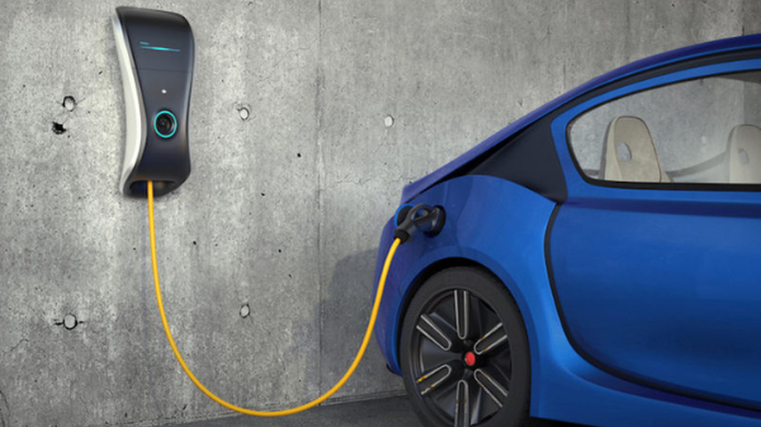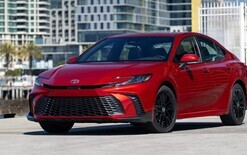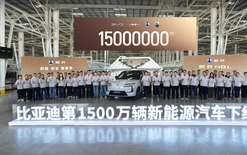‘We cannot leave climate change’

The Prime Minster says it’s all about preparing the country for the future by getting it back on-track to meet its first emissions budget to safeguard our environment and economy.
“We’ve all seen recent reports on sea-level rise and its impact here,” says Jacinda Ardern. “We cannot leave climate change until it’s too late to fix.
“The ERP delivers the greatest opportunity we’ve had in decades to address climate change, but to also move to a high wage, low-emissions economy that provides greater economic security by creating jobs, run on more clean energy, supporting nature and improving infrastructure.
“This is a challenge New Zealand can succeed in. Our plan is achievable because it includes a role for government as well as for every community and sector of the economy.
“Addressing climate change now means we can bring down the cost of living. Reducing reliance on fossil fuels will shield households from the volatility of international price hikes while reducing transport and energy bills.
“Households are already seeing the impact of escalating petrol prices. This plan sets out practical ways to cut power, transport and other costs by taking climate-friendly actions.
“We can’t opt out of the effects of climate change, so we can’t opt out of taking action. The government’s actions over the past four-and-a-half years have bent the curve of our emissions trajectory. This plan will accelerate our emissions reduction.”
Key points
The government says the ERP will prepare New Zealand for the future, ensuring country is on-track to meet first emissions budget, securing jobs and unlocking new investment. Key strands of the plan include:
More Kiwis supported to purchase EVs, increasing zero-emissions vehicles to at least 30 per cent of light fleet by 2035.
Zero-emissions buses only to enter the fleet from 2025 and entire public-transport fleet decarbonised by 2035.
Low-emissions trucks to transport food and other products, cutting freight emissions by 35 per cent by 2035.
Every sector to play its part across transport, waste, food production, manufacturing, building and construction.
Reduced waste going to landfills and investment in waste infrastructure so most houses have kerbside food-waste collection by 2030.
Easier, cleaner, cheaper public transport, including infrastructure projects in Auckland, Wellington and Christchurch and nationally integrated ticketing.
More of our biggest businesses powered by clean, renewable energy generated here in New Zealand, not overseas.
An end to our reliance on coal with a ban on new low to medium-temperature coal boilers and a phase-out of existing ones by 2037.
Climate-friendly food and fibre production with new Centre for Climate Action on Agricultural Emissions accelerating delivery of emissions reduction tools and technologies and an emissions-pricing mechanism for agriculture by January 1, 2025.
Support for native wildlife and forests.
James Shaw, Minister of Climate Change, says: “The plan lays the path towards a net-zero future where more people can purchase EVs, our towns and cities have world-leading public and active transport infrastructure, our highest emitters have switched to clean and reliable energy, our farmers are growing food in ways that help the climate, and more homes are warmer and more affordable to heat.”





